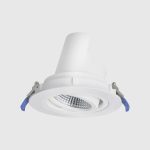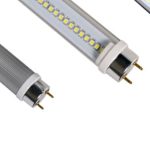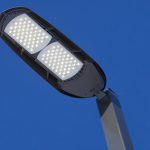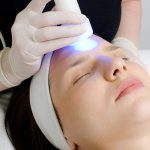Measuring LED Light Intensity: A Comprehensive Guide
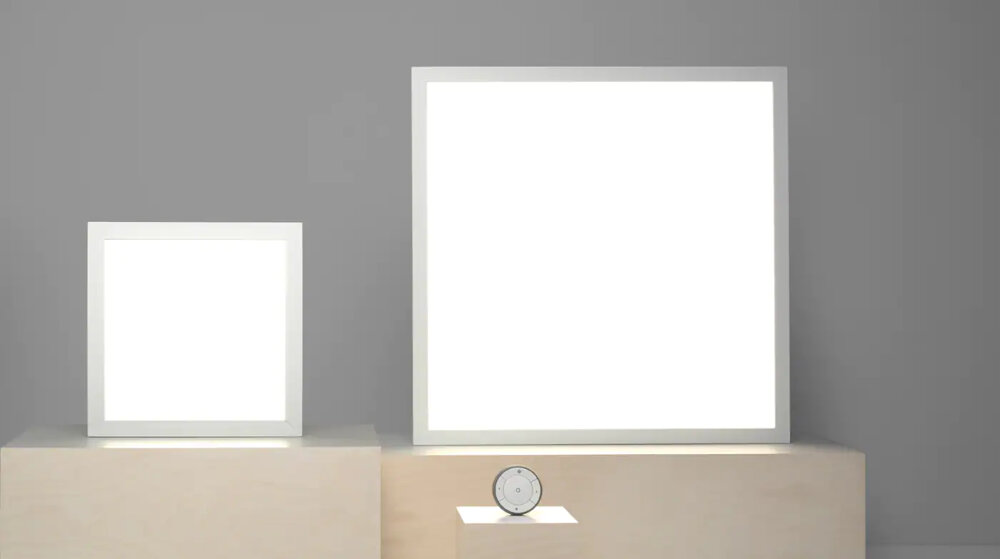
LED lights have become increasingly popular due to their energy efficiency, versatility and longevity. From streetlights to car headlights and from flashlights to backlight displays, LED technology has revolutionized the lighting industry. However, it is important to measure the intensity of LED lights to ensure optimal performance and safety. Measuring LED light intensity is a complex process that requires specialized equipment and technical knowledge. In this comprehensive guide, we will explore the various methods of measuring LED light intensity, their advantages and limitations, and how to choose the most appropriate method for your specific application. The measurement of LED light intensity is crucial in many fields, including lighting design, automotive engineering, horticulture, and medical science. In lighting design, measuring the intensity of LED lights ensures that the desired lighting levels are achieved and that energy consumption is optimized. In automotive engineering, measuring the intensity of LED headlights is essential to ensure that they meet the required safety standards for road use. In horticulture, measuring the intensity of LED grow lights is necessary to ensure that plants receive the optimal amount of light for growth and development. In medical science, measuring the intensity of LED lights is important in the treatment of skin conditions and cancer therapies. This guide will provide a comprehensive overview of the various methods of measuring LED light intensity and their applications in different fields.
Measuring LED light intensity is of utmost importance as it plays a pivotal role in various industries such as horticulture, medicine, and manufacturing. In horticulture, light intensity is a critical factor in determining the growth rate and overall health of plants. Similarly, in medicine, LED light therapy is used to treat various skin conditions, and accurate measurement of light intensity is necessary to ensure optimal results. Furthermore, measuring LED light intensity is crucial in manufacturing as it ensures the consistency of the product quality and helps in identifying any defects or inconsistencies in the production process. Overall, the precise measurement of LED light intensity is essential for achieving the desired results in various fields and industries.
The article titled \Measuring LED Light Intensity: A Comprehensive Guide\ is a detailed guide that explains the importance of measuring LED light intensity and provides a thorough understanding of the different methods used to do so. The article starts by explaining the basics of LED lighting and the factors that influence its intensity. It then discusses the importance of measuring LED light intensity and how it impacts various applications. The article explains the different methods used to measure LED light intensity, including using a photometer, integrating sphere, and spectrometer. It also discusses the pros and cons of each method and provides tips on how to choose the right method for a particular application. The article concludes by emphasizing the importance of accurate LED light intensity measurements and the role they play in ensuring optimal performance and efficiency in various lighting applications.
What is LED Light Intensity?
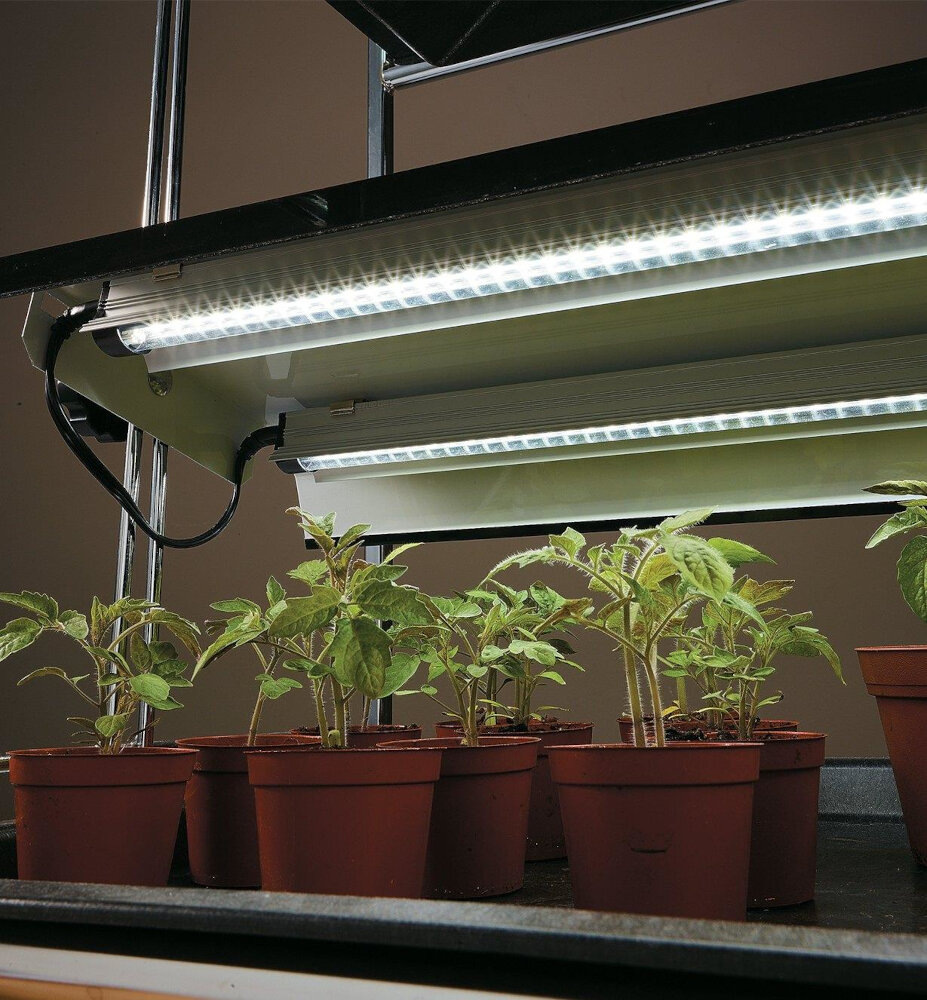
LED light intensity refers to the amount of light that is emitted by a Light Emitting Diode (LED) light source. It is an important parameter to consider when selecting LED lights for various applications such as indoor or outdoor lighting, automotive lighting, and electronic displays. LED light intensity is generally measured in units of lumens or lux, which are both measures of the amount of visible light that is emitted by the LED source. Lumens measure the total amount of light produced by the LED, while lux measures the intensity of light at a specific point in space. Measuring LED light intensity accurately is crucial to ensure that the light output of the LED meets the requirements of the application. There are various methods to measure LED light intensity, including using a lux meter or integrating sphere. A lux meter measures the intensity of light at a particular point in space and is suitable for measuring the light output of small LED lights such as those used in handheld devices. On the other hand, an integrating sphere measures the total amount of light emitted by the LED source and is suitable for measuring the light output of larger LED lights such as those used in street lighting. Understanding LED light intensity is essential for selecting the right LED lights for various applications and ensuring that the lights meet the required specifications.
LED light intensity refers to the amount of light produced by an LED light source, measured in units of lumens per square meter (lm/m²) or lux. The intensity of LED lights is determined by the amount of electric current that passes through the semiconductor material, which in turn determines the number of photons emitted by the LED. LED light intensity can vary greatly depending on the type of LED, the color of the light emitted, and the operating current. Measuring LED light intensity is crucial for ensuring optimal lighting conditions in various applications, such as horticulture, automotive, and architectural lighting.
Measuring LED light intensity is crucial to determine the luminosity of a given light source. The measurement is done using a device called a photometer, which measures the amount of light that reaches a specific point. The photometer makes use of a sensor that captures the light and converts it into an electrical signal. The signal is then processed by the photometer, which calculates the intensity of the light in terms of lumens or lux. The measurement can also be done using a spectrometer, which measures the spectral distribution of the light. The data obtained from both devices can be used to analyze and compare the performance of different LED lighting products. Measuring LED light intensity is an essential step in ensuring the quality and efficiency of LED lighting systems.
Measuring LED light intensity is crucial for various applications, including horticulture, medical treatments, and industrial processes. The intensity of LED light determines the amount of energy emitted and the level of brightness perceived by the human eye or the targeted object. Accurate measurement of LED light intensity helps to ensure that the light output is consistent and meets the required standards. It also assists in selecting the appropriate LED light for specific purposes and helps save energy by avoiding over-illumination. Moreover, measuring LED light intensity allows for the identification of potential defects or failures in LED systems, which can be rectified before causing significant problems. Therefore, understanding the techniques and tools for measuring LED light intensity is essential for industries and research fields that rely on LED technology.
Tools and Techniques for Measuring LED Light Intensity
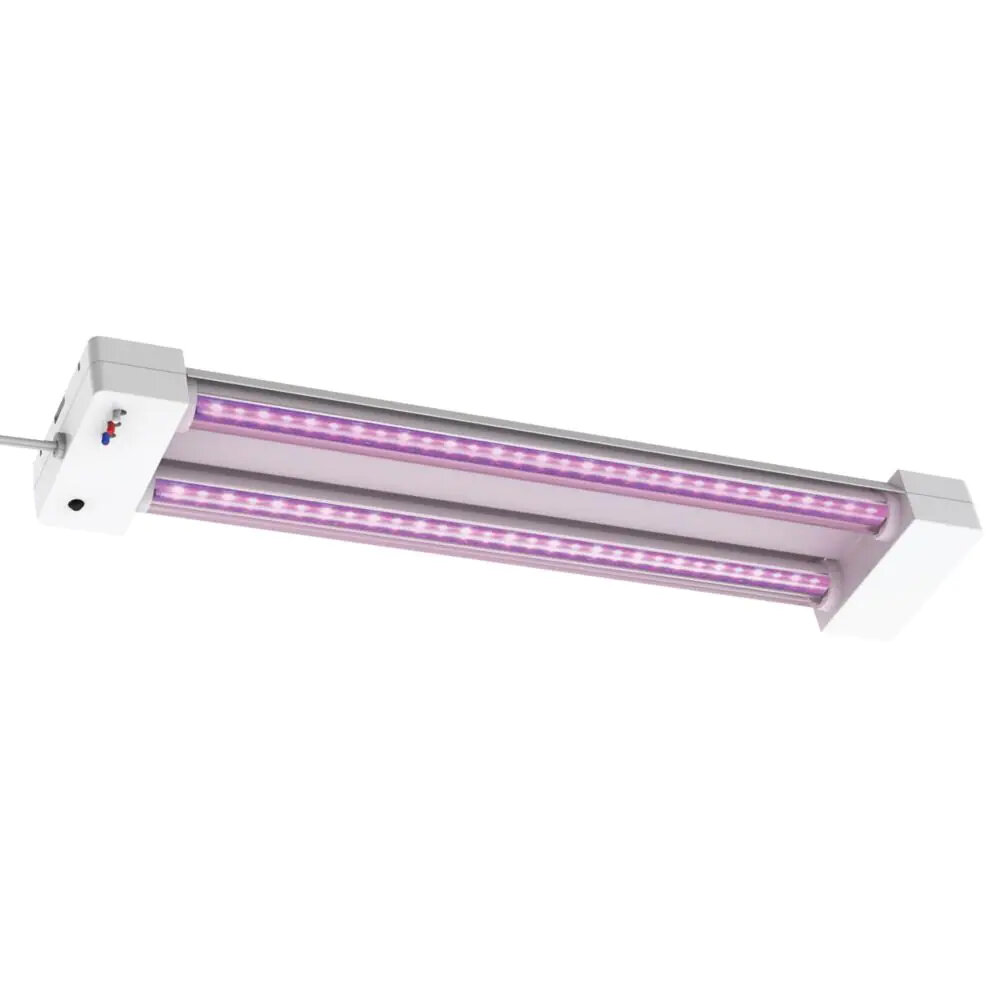
Measuring the intensity of LED light is essential to ensure that the lighting system you have installed is efficient and effective for its intended purpose. There are various tools and techniques available in the market that can be utilized to measure LED light intensity. One of the most commonly used tools is the lux meter, which measures the brightness of the light in a specific area. It is a handheld device that can be used to measure the luminous flux of the light falling on a surface per unit area. This device is particularly useful in measuring the intensity of LED lights used in indoor settings. Another tool that can be used to measure LED light intensity is the spectrometer. This device measures the spectral distribution of the light emitted by the LED source. It provides a graph of the intensity of light at different wavelengths, enabling a more accurate measurement of the light intensity. This device is particularly useful in measuring the intensity of LED lights used in outdoor settings, such as street lighting or floodlights. In addition to these tools, there are also various software programs available that can be used to calculate the light intensity of an LED source. These programs use mathematical algorithms to calculate the intensity of light based on the spectral distribution of the light emitted by the LED source.
There are various tools and techniques available for measuring LED light intensity, each with its unique strengths and limitations. One of the most common methods is using a photometer, which measures the amount of light that falls on a specific surface. Another popular tool is a spectroradiometer, which measures the spectral power distribution of the light, providing a more detailed analysis of the LED’s performance. Integrating spheres, on the other hand, measure the total luminous flux output of the LED. Additionally, a lux meter can measure the illumination level of the light, while a colorimeter can measure the color properties of the light emitted. Ultimately, the choice of tool and technique depends on the specific needs and requirements for the LED application.
There are several methods available for measuring LED light intensity, each with its own set of advantages and disadvantages. One of the most common methods is using a photodiode, which is an inexpensive and easy-to-use option that provides accurate measurements. However, this method requires a darkroom or a light-tight enclosure to prevent interference from ambient light. Another popular method is using a spectrometer, which provides a full spectrum analysis of the light output, allowing for more detailed measurements. However, spectrometers can be expensive and require specialized training to operate. Ultimately, the choice of method will depend on the specific needs and budget of the user, as well as the level of accuracy and precision required.
When it comes to measuring LED light intensity, choosing the right tool for your needs is crucial. There are several factors to consider, such as the range of intensity you need to measure, the accuracy required, and the size and shape of the LED. A lux meter is a common tool for measuring LED light intensity, but it may not be suitable for all applications. For example, if you need to measure a very high intensity LED or a very small LED, a spectrometer may be a better choice. It’s also important to consider the cost of the tool and whether it fits within your budget. Ultimately, the right tool for your needs will depend on your specific requirements, so it’s important to do your research and choose wisely.
Factors Affecting LED Light Intensity

The intensity of LED light is determined by various factors that can affect its output. One of the most significant factors is the current supplied to the LED. The current flowing through the LED can significantly affect its intensity, and as such, it is essential to ensure that the current supplied is within the recommended range. An increase in current can lead to a higher intensity of light output, but if the current is too high, it can also cause the LED to burn out or reduce its lifespan. Similarly, a decrease in current can lead to a lower intensity of light output, which may not be suitable for the required application. Another factor that affects LED light intensity is the temperature. LEDs are known to produce heat, and if the temperature is too high, it can significantly affect the intensity of the light output. To ensure that the LED light intensity remains consistent, it is essential to maintain a suitable temperature range. Additionally, factors such as the lens and reflector design, the type of LED used, and the angle of the beam can also affect the intensity of the light output. Therefore, when measuring LED light intensity, it is essential to consider all these factors to ensure accurate results and optimal performance of the LED.
There are several factors that can influence the intensity of LED light. One of the most important is the current flowing through the diode, as the higher the current, the brighter the light emitted. However, this can also lead to an increase in heat, which can affect the lifespan of the LED. The type of material used in the LED also plays a role, with different materials producing different levels of brightness. The lens used to focus the light can also impact intensity, as can the temperature at which the LED is operated. Additionally, factors such as the angle of the light and the distance between the LED and the object being illuminated can affect the perceived intensity of the light. Understanding these various factors is essential for accurately measuring LED light intensity and ensuring that the light is used effectively and efficiently.
When measuring LED light intensity, it is crucial to control for various factors that can affect the accuracy of the readings. One way to achieve this is by using a calibrated light meter that has been tested and verified for accuracy. Additionally, it is essential to ensure that the distance between the LED and the meter is consistent throughout the measurement process. It is also recommended to perform the measurement in a controlled environment with minimal ambient lighting, as this can interfere with the results. Another factor to consider is the angle of incidence, which can affect the intensity of the light measured. Therefore, it is crucial to ensure that the light is measured perpendicular to the LED’s surface to obtain accurate results. By paying attention to these factors, one can obtain reliable measurements of LED light intensity.
Applications of Measuring LED Light Intensity
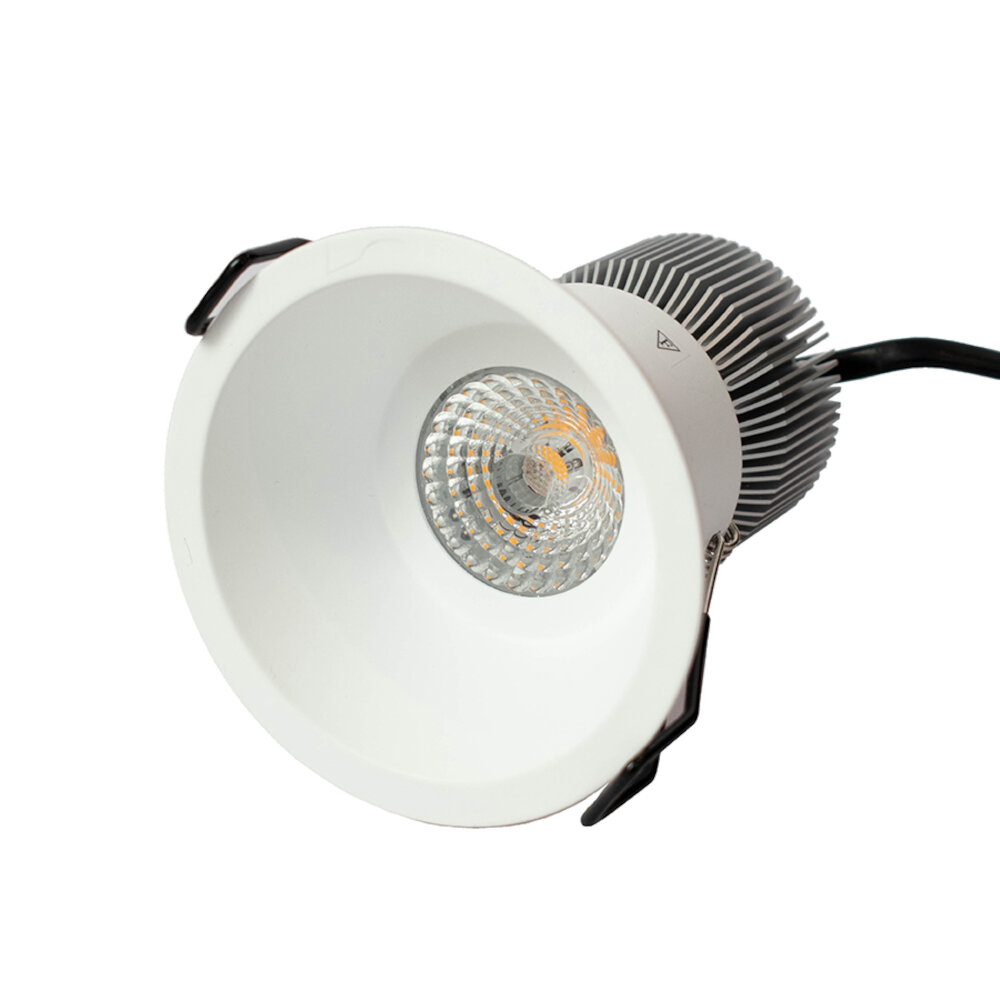
LED light intensity measurement finds its applications in various fields such as horticulture, automotive, and medical industries. In the horticulture industry, LED lights are used to provide the necessary light for plant growth. Measuring the light intensity of the LED lights can help the growers to determine the amount of light required for the plants to grow properly. The intensity of the LED light can be adjusted according to the plant’s needs. This can help the growers to optimize their crop yield and quality. In addition, by measuring the light intensity, growers can detect any faulty LED lights and replace them to maintain consistent light intensity throughout the growing area. In the automotive industry, LED lights are used for various applications such as headlights, taillights, and interior lighting. Measuring the light intensity of these LED lights can help the manufacturers to ensure that they meet the safety standards. For example, the headlights of a car should provide sufficient light intensity to illuminate the road ahead without blinding the oncoming drivers. Measuring the light intensity can also help the manufacturers to optimize the design of the LED lights to provide maximum efficiency and longevity. In the medical industry, LED lights are used for various applications such as surgery, diagnosis, and therapy. Measuring the light intensity of these LED lights can help the medical professionals to determine the appropriate amount of light required for the procedure. This can help to reduce the risk of complications and improve the patient’s outcome.
Measuring LED light intensity has various applications, ranging from scientific research to industrial production. In scientific research, LED light intensity measurements are crucial in understanding the behavior of light in different mediums and the effects of light exposure on living organisms. In the industrial sector, LED light intensity measurements are critical in quality control, especially in food production and pharmaceuticals. Additionally, measuring LED light intensity is essential in the design and development of lighting systems, ensuring that they meet the required standards and are energy-efficient. Moreover, measuring LED light intensity is essential in agriculture to determine the optimum light conditions that promote plant growth and development. With such diverse applications, measuring LED light intensity is a vital process that requires precision and accuracy to achieve the desired results.
The measurement of LED light intensity finds application in a diverse range of industries, including agriculture, automotive, and healthcare. In agriculture, LED light intensity measurement is essential for the growth and development of crops, as it provides the required light spectrum for photosynthesis. In the automotive industry, LED light intensity measurement is instrumental in ensuring the safety of drivers and passengers. It helps in the design and manufacturing of headlights, brake lights, and turn signals. In healthcare, the measurement of LED light intensity is crucial in the diagnosis, treatment, and prevention of various medical conditions. It is used in medical devices such as endoscopes and surgical lights to provide accurate and precise illumination. In conclusion, measuring LED light intensity is a critical process that has broad applications across different industries, contributing to improved efficiencies and outcomes.
The article titled \Measuring LED Light Intensity: A Comprehensive Guide\ provides an in-depth analysis of various methods employed to measure the intensity of LED light sources. The article highlights the significance of measuring LED light intensity in various fields, including horticulture, medical science, and lighting design. The author explains the basics of LED light intensity and the importance of choosing the right tool for measurement. The article delves into various measurement tools available, including photometers, spectrometers, and radiometers, and their respective advantages and disadvantages. Additionally, the article provides expert tips for measuring LED light intensity accurately, ensuring that users can obtain accurate readings and make informed decisions. Overall, the article serves as an informative guide for anyone looking to measure LED light intensity.
In conclusion, measuring the intensity of LED light is an essential task that requires accuracy and precision. The process involves the use of specialized equipment and methods that may vary depending on the application. It is crucial to understand the purpose of your measurement and select the appropriate device and technique to ensure accurate and reliable results. Additionally, it is essential to consider the spectral characteristics of the LED and the impact of environmental factors on the measurement results. By following the guidelines outlined in this comprehensive guide, you can measure LED light intensity with confidence and make informed decisions in research, manufacturing, and other applications.
Conclusion
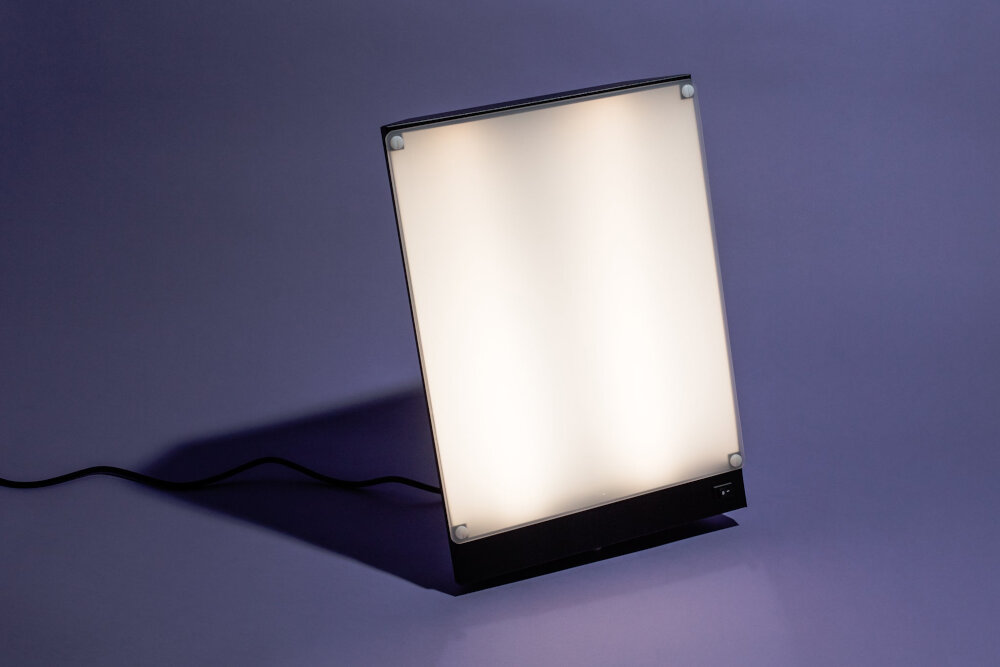
In conclusion, measuring LED light intensity is a crucial task that requires precision and accuracy. The process involves various tools and techniques, including photometers, spectrophotometers, and lux meters, each with its unique features and benefits. It is essential to understand the different aspects of measuring LED light intensity, such as color temperature, color rendering index, and spectral power distribution, to ensure optimal lighting conditions. By following the comprehensive guide presented, one can effectively measure LED light intensity and improve lighting solutions for various applications, including residential, commercial, and industrial settings. With the continuous advancement of LED technology, it is imperative to stay up-to-date with the latest measurement techniques and tools to achieve the best results.

